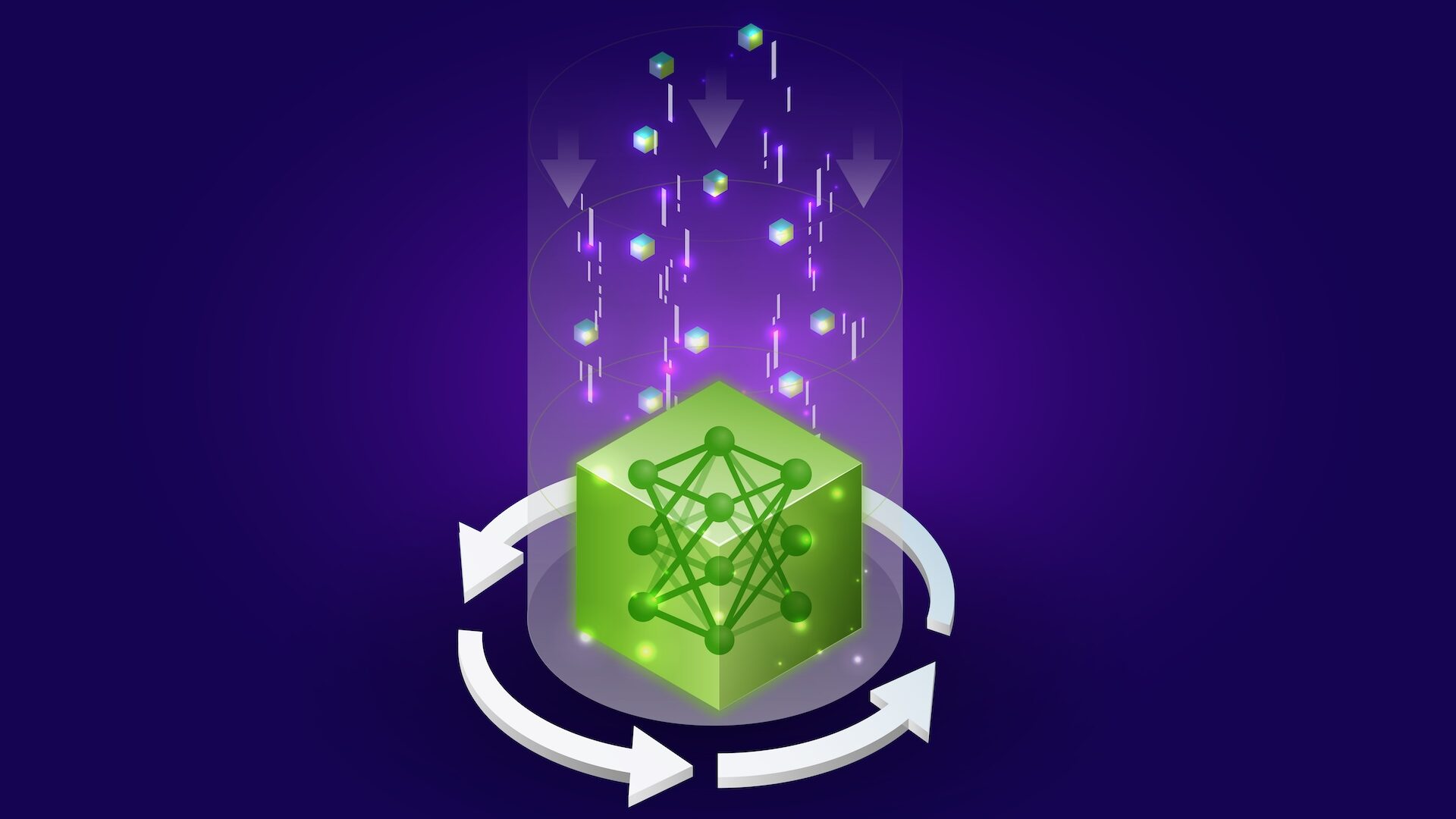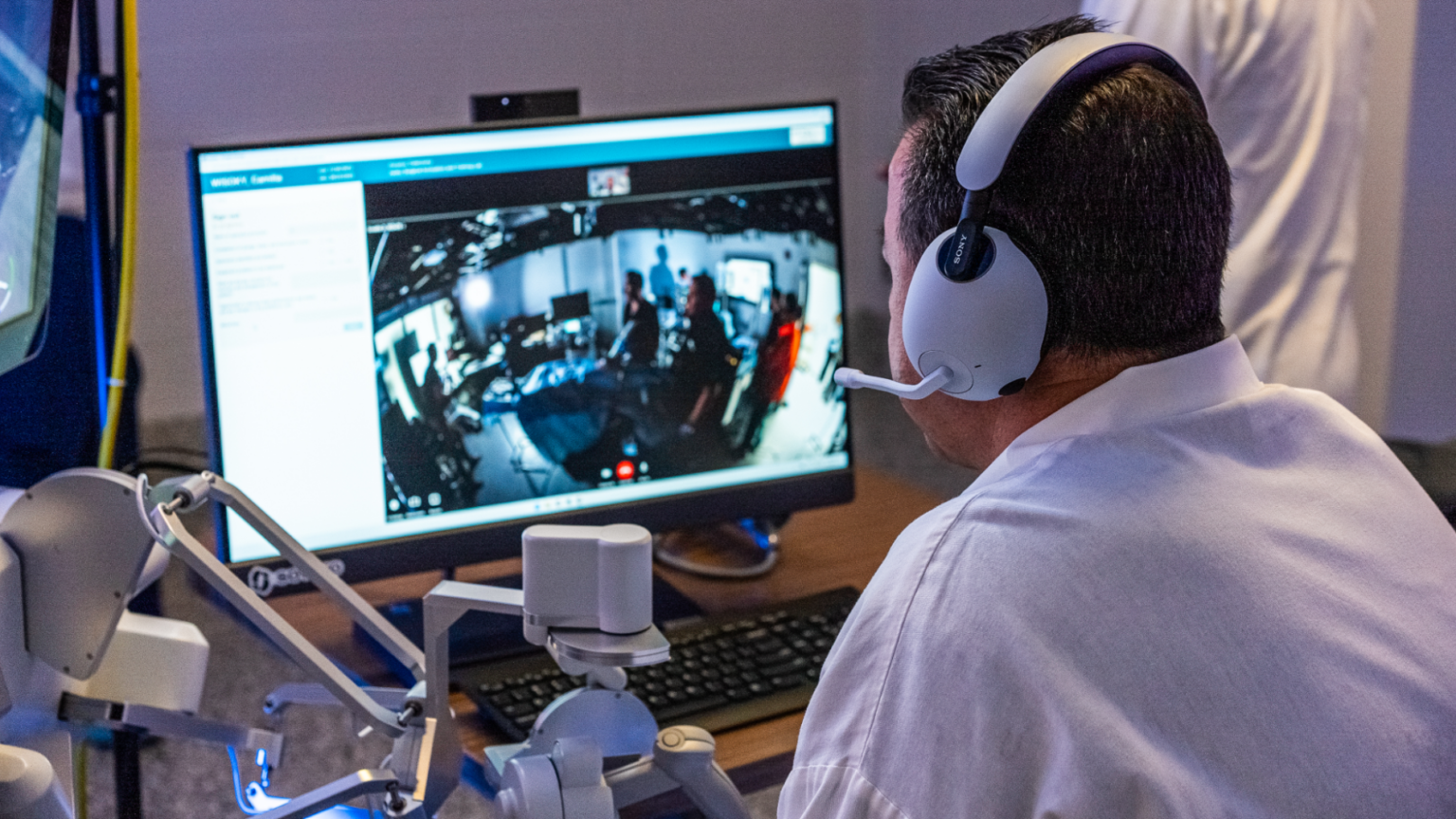
NVIDIA Gaming AI, DLSS 4, RTX Neural Rendering and ACE: Tech Update Overview
Sources: https://developer.nvidia.com/blog/announcing-the-latest-nvidia-gaming-ai-and-neural-rendering-technologies, https://developer.nvidia.com/blog/announcing-the-latest-nvidia-gaming-ai-and-neural-rendering-technologies/, NVIDIA Dev Blog
Overview
NVIDIA announced updates at Gamescom 2025 to NVIDIA RTX neural rendering and NVIDIA ACE generative AI technologies. The updates aim to help developers deliver cutting-edge, scalable gaming experiences and reach broader audiences. Key elements include DLSS 4, expanded RTX Kit capabilities, and enhanced Unreal Engine integration, along with on-device AI, cloud gaming enhancements, and new tooling to accelerate AI-powered graphics and characters. DLSS 4 is described as a revolutionary suite of neural rendering technologies that uses AI to boost FPS, reduce latency, and improve image quality. The ecosystem continues to expand, with DLSS 4 support growing to over 175 titles. NVIDIA GeForce NOW cloud gaming gains DLSS 4 with Multi Frame Generation, enabling high-fidelity experiences even on less-powerful hardware. NVIDIA also highlights tools for developers using custom engines via the Streamline SDK and Unreal Engine developers via a DLSS 4 plugin in Unreal Engine 5.2–5.6. The NVIDIA RTX Kit enables training and deploying AI directly within shaders, supports real-time path tracing, and helps create photorealistic characters. The Microsoft DirectX 12 Agility SDK preview adds support for Cooperative Vectors, giving direct access to RTX Tensor Cores from DirectX shaders for improved performance and memory efficiency in real-time graphics. A D3D12 path has been added to the RTX Neural Texture Compression SDK for Cooperative Vectors, providing texture compression tools and engine integration alongside a decompression library, dramatically reducing memory for high-quality textures without sacrificing quality. The latest updates to RTX Kit include deeper Unreal Engine support via the NVIDIA RTX Branch for Unreal Engine 5.6 (NvRTX 5.6). New path tracing and geometry acceleration capabilities are highlighted with ReSTIR PT, enabling an infinite number of lights, accurate indirect illumination, and improved mirror reflections. RTX Mega Geometry accelerates BVH builds for cluster-based geometry systems and enables ray tracing of full-quality Nanite geometry. The NvRTX 5.6 branch and associated samples, including an updated Zorah scene showcasing ReSTIR DI in the RTX Dynamic Illumination SDK, demonstrate more realistic, dynamically lit environments. NVIDIA ACE is a suite focused on bringing game characters to life with AI. It includes on-device Riva Automatic Speech Recognition (ASR) for real-time transcription with low latency. The Riva ASR on-device model is designed for English transcription with 90–100 ms time-to-first-text and streaming capabilities, accessible via the NVIGI SDK for C++ game and interactive apps. NVIGI 1.2 adds Direct3D support to inference language models across GPU vendors as DLLs. Nsight Graphics updates (2025.4) promote Graphics Capture from beta to production-ready, with API support for RTX Kit features like RTX Mega Geometry and RTX Hair, plus D3D DirectStorage and Vulkan Device-Generated Commands. NVIDIA has partnered with Discord to bring GeForce NOW cloud gaming into Discord, enabling seamless, cloud-powered game discovery and streaming up to 60fps at 1440p for a trial period, demonstrated with Fortnite. Overall, developers can deliver cutting-edge, scalable gaming experiences by leveraging the latest NVIDIA RTX neural rendering and ACE technologies, with expanded DLSS 4 integration, RTX Kit enhancements, and new inference backends for AI-driven experiences. For more details and to view the webinar replay, see the references below.
Key features
- DLSS 4: neural rendering suite to boost FPS, reduce latency, and improve image quality; over 175 supported titles; Multi Frame Generation in GeForce NOW.
- RTX Kit: train and deploy AI directly within shaders; support for real-time path tracing and photorealistic characters; easier Unreal Engine integration via NvRTX.
- DirectX 12 Agility SDK (Cooperative Vectors): access to RTX Tensor Cores inside DirectX shaders; performance and memory savings for real-time graphics.
- RTX Neural Texture Compression SDK (D3D12 path): texture compression with cooperative vectors; reduced memory usage with preserved quality.
- ReSTIR PT: state-of-the-art path tracing with infinite lights, improved indirect illumination, and better reflections; available in NvRTX Unreal Engine 5.6 branch.
- RTX Mega Geometry: BVH build acceleration for cluster-based geometry; enables ray tracing of full-quality Nanite geometry (experimental in NvRTX 5.6).
- NvRTX for Unreal Engine 5.6: updated RTX Branch to streamline development in Unreal Engine 5.6.
- NVIDIA Zorah: updated scene showcasing ReSTIR DI with multibounce lighting in RTX Dynamic Illumination SDK.
- NVIDIA ACE: AI-driven characters and agents; on-device Riva ASR (English) for real-time transcription with streaming support; NVIGI SDK provides integration for C++ games.
- NVIGI 1.2: Direct3D support to inference language models across GPU vendors as DLLs.
- Nsight Graphics 2025.4: production-ready Graphics Capture with RTX Kit API support (RTX Mega Geometry, RTX Hair).
- Discord + GeForce NOW integration: cloud game discovery inside Discord; streaming for a limited trial period.
Common use cases
- Creating scalable, AI-powered game experiences with DLSS 4 and RTX neural rendering.
- Building living worlds with ACE AI characters and dynamic agents able to converse and react to players.
- Running AI inference on-device using Riva ASR for in-game voice interactions and cutscenes.
- Leveraging Unreal Engine 5.2–5.6 with the NvRTX branch for real-time path tracing, advanced BVH acceleration, and Nanite compatibility.
- Delivering high-fidelity visuals in cloud gaming via GeForce NOW with DLSS 4 Multi Frame Generation.
- Integrating AI-driven assets and scenes through RTX Kit and Direct3D cooperation to maximize GPU utilization across vendors.
- Enabling cloud-discovery and frictionless playthrough Discord integration and GeForce NOW streaming experiences.
Setup & installation
Exact commands are not provided in the source article. Please refer to the official tutorials and guides for RTX Kit, NvRTX Unreal Engine integration, and NVIGI on-device inference.
# Setup guidance is not detailed in the source. Follow official NVIDIA docs:
# - NVIDIA RTX Kit tutorials
# - NVIDIA RTX Branch for Unreal Engine 5.6 (NvRTX) guides
# - NVIGI SDK documentation for in-game inference integrationQuick start
Not explicitly provided in the article. A minimal runnable example is not described; consult the official NVIDIA tutorials and developer guides for hands-on steps to enable RTX Kit features, NvRTX Unreal Engine integration, and ACE-based AI agents.
# Quick start not specified in the source; refer to official docs for a guided setup.Pros and cons
- Pros:
- Broad enhancement of visual fidelity and performance via DLSS 4 and neural rendering.
- Deep integration with Unreal Engine through NvRTX and DLSS 4 plugins.
- On-device AI (Riva ASR) enabling low-latency voice interactions.
- Rich toolchain for AI-enabled characters (ACE) and real-time agents.
- Cloud gaming improvements via GeForce NOW and Discord integration.
- Cons:
- Some features are tied to specific engines or NvRTX branches and may require compatible hardware.
- Licensing and deployment details are not specified in the article.
- Setup and integration can be complex, requiring follow-up tutorial guidance from NVIDIA.
Alternatives (brief comparisons)
- DLSS 4 plugin for Unreal Engine vs standalone DLSS 4 in other pipelines: The article notes a DLSS 4 plugin for Unreal Engine 5.2–5.6, indicating native integration benefits within Unreal projects.
- RTX Kit vs traditional shader/inference work: RTX Kit provides a cohesive suite to train/deploy AI inside shaders and achieve real-time photorealism, whereas traditional pipelines may require separate AI inference and rendering steps.
- NvRTX branch vs standard Unreal Engine builds: NvRTX 5.6 offers specialized RTX enhancements and scene samples (e.g., ReSTIR/PT, Mega Geometry) not present in standard engine branches.
- On-device Riva ASR (NVIGI) vs external ASR: Riva ASR on-device emphasizes low latency and streaming; server-side or external ASR options are not described in the article.
Pricing or License
Not specified in the article. Pricing and licensing details would be found in NVIDIA’s official product pages and developer resources.
References
More resources
CUDA Toolkit 13.0 for Jetson Thor: Unified Arm Ecosystem and More
Unified CUDA toolkit for Arm on Jetson Thor with full memory coherence, multi-process GPU sharing, OpenRM/dmabuf interoperability, NUMA support, and better tooling across embedded and server-class targets.
Cut Model Deployment Costs While Keeping Performance With GPU Memory Swap
Leverage GPU memory swap (model hot-swapping) to share GPUs across multiple LLMs, reduce idle GPU costs, and improve autoscaling while meeting SLAs.
Improving GEMM Kernel Auto-Tuning Efficiency with nvMatmulHeuristics in CUTLASS 4.2
Introduces nvMatmulHeuristics to quickly select a small set of high-potential GEMM kernel configurations for CUTLASS 4.2, drastically reducing auto-tuning time while approaching exhaustive-search performance.
Fine-Tuning gpt-oss for Accuracy and Performance with Quantization Aware Training
Guide to fine-tuning gpt-oss with SFT + QAT to recover FP4 accuracy while preserving efficiency, including upcasting to BF16, MXFP4, NVFP4, and deployment with TensorRT-LLM.
How Small Language Models Are Key to Scalable Agentic AI
Explores how small language models enable cost-effective, flexible agentic AI alongside LLMs, with NVIDIA NeMo and Nemotron Nano 2.
Getting Started with NVIDIA Isaac for Healthcare Using the Telesurgery Workflow
A production-ready, modular telesurgery workflow from NVIDIA Isaac for Healthcare unifies simulation and clinical deployment across a low-latency, three-computer architecture. It covers video/sensor streaming, robot control, haptics, and simulation to support training and remote procedures.





